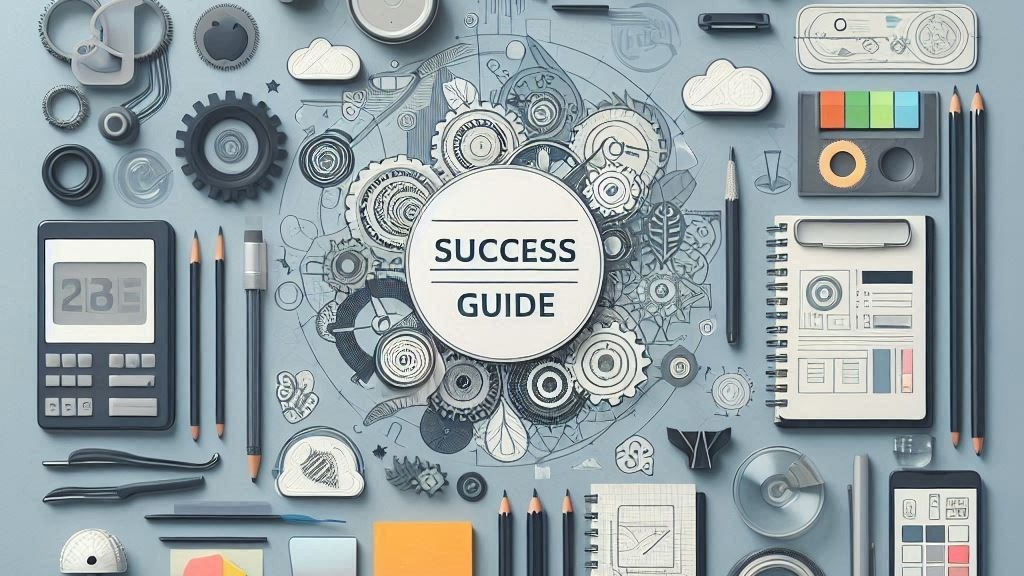Preparing for the Analysis & Design Phase of Your Power Platform Project
As a solutions architect, I often lead clients through the Analysis & Design (A&D) phase of Power Platform projects, where we turn initial ideas into clear, actionable plans. This phase is crucial—it’s where we dive deep into the business requirements, identify challenges, and map out the technology needed to achieve the project’s goals. However, many clients aren’t always sure what to expect or how best to prepare for this phase.
Here’s a guide on what you can do to set yourself up for a productive A&D phase and ensure the project aligns with your vision and objectives.
1. Understanding the Big Picture
Before diving into specifics, it’s essential to look at the big picture: What are the high-level goals of your project? For instance, are you focused on automating manual processes, improving user engagement, or driving efficiencies across teams? Having a clear vision from the outset helps guide decisions throughout the A&D phase.
Key Preparation: Be ready to articulate the primary goals and challenges your organization faces. A short, high-level summary of what success looks like will help set the tone for the project.
2. Define and Include Key Stakeholders
A&D is a collaborative phase involving input from various parts of the organization. Engaging the right stakeholders early on ensures that we capture the needs of all departments affected by the project. Typically, stakeholders include leadership (for overall direction), department heads (for operational insights), IT leads (for technical feasibility), and end-users (for usability insights).
Who to Involve: Identify individuals with deep knowledge of current processes and those who’ll be using the platform daily. It’s helpful to have champions from each department involved to streamline communication and decision-making.
3. Identify Core Processes and Pain Points
A detailed analysis of current processes is foundational to designing an effective solution. We’ll look at workflows, bottlenecks, and user pain points to understand where improvements are most needed. Bringing documentation, process maps, or even anecdotal insights can be invaluable in these discussions.
Key Preparation: Gather any existing process documents, reports on system issues, or examples of current pain points. Highlight areas where delays, frustrations, or frequent errors occur.
4. Think About the Future State
While it’s essential to analyze current processes, the A&D phase also involves envisioning how these processes could evolve with new technology. Consider not only fixing existing issues but also building flexibility for future needs. This forward-thinking approach enables a solution that grows with your organization.
What to Expect: We’ll work together to design a future state that’s adaptable, scalable, and effective. Be open to innovative ways of achieving your goals, and be prepared to explore different approaches to longstanding challenges.
5. Focus on Personas and User Journeys
Power Platform solutions thrive when designed with specific users in mind. In this phase, we’ll identify key personas (e.g., field agents, customer service reps, managers) and define their goals, tasks, and ideal user journeys. This helps ensure the final solution aligns with how each user group works and interacts with the system.
Who to Involve: Representatives from different user groups should participate to provide authentic insights into their needs and daily tasks. Creating these user stories provides clarity for developers and designers and results in a solution that truly serves its users.
6. Prepare for Key Activities and Workshops
During the A&D phase, you can expect to engage in several workshops and activities, including:
- Discovery Workshops: We’ll clarify goals, identify key challenges, and align on project scope.
- Process Mapping Sessions: Together, we’ll map out current workflows and determine where automation or integration could simplify processes.
- Solution Architecture Discussions: Here, we’ll begin defining the technical architecture, identifying tools, integrations, and configurations needed for your Power Platform solution.
- Review and Feedback Sessions: We’ll present draft designs or process flows for feedback, ensuring the project aligns with your expectations.
What to Expect: These workshops are interactive and require active input. Be prepared to discuss both big-picture and detailed aspects, from high-level goals to specific functionality you want to see.
7. Be Ready to Address Change Management
Finally, implementing a Power Platform solution usually requires some level of organizational change. Users will need to adapt to new processes and possibly new roles. Having a preliminary plan for change management—communication, training, and support—helps ensure adoption.
Key Preparation: Start considering how you’ll prepare your teams for change. Being proactive about training needs, communication, and ongoing support can make all the difference.
Final Thoughts
The Analysis & Design phase is foundational for project success. When approached with clear goals, relevant stakeholders, and a focus on both present needs and future opportunities, this phase ensures a well-rounded and adaptable solution. By preparing thoughtfully, you’ll contribute to a streamlined, insightful A&D phase that sets your project up for long-term success.


Leave a Reply